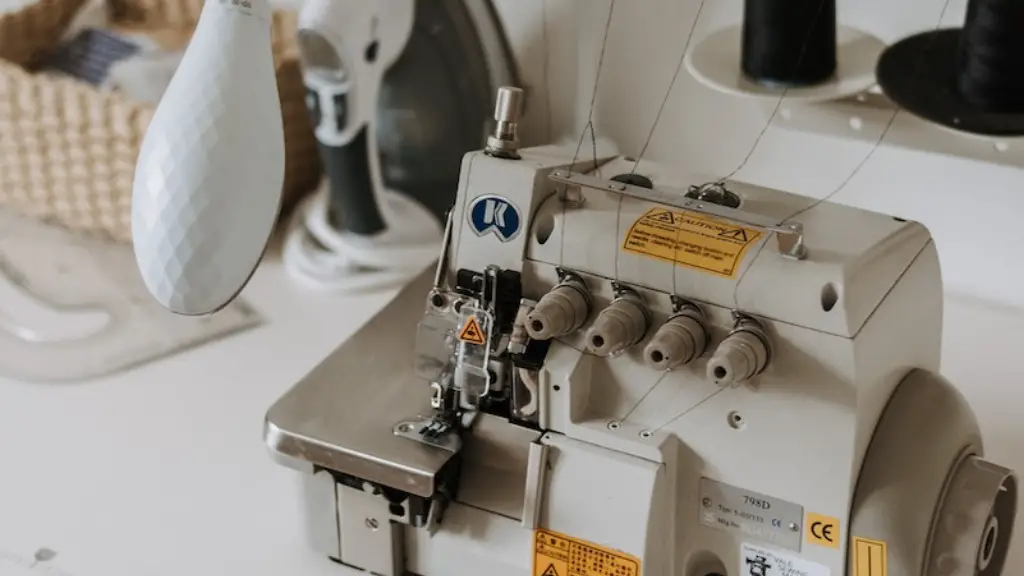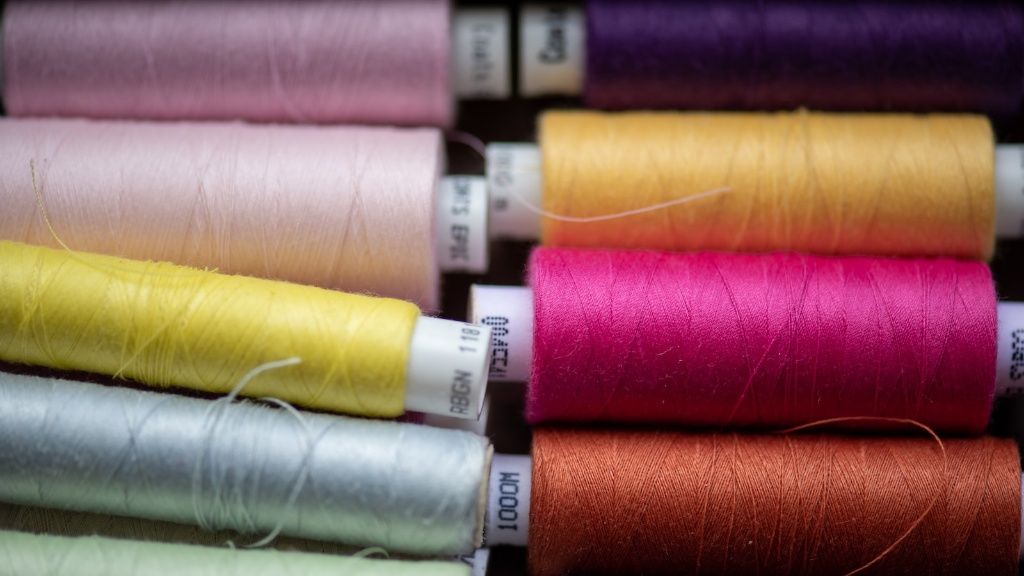Gathering Materials
Creating a bikini from scratch requires a few key materials. Most importantly, you’ll need fabric for the bikini top and bottoms. Be sure to select the desired combination of colour, pattern, and material. You’ll also need thread and lining, as well as a pair of scissors, a sewing needle, a measuring tape, and a sewing machine.
All these materials can be found online and in your local craft or fabric shops. If you’re unfamiliar with fabrics, ask the staff at the store to help you find the right kind. They can also recommend the best kind of thread that won’t irritate your skin.
Choosing a Pattern
You can make a bikini with a ready-made pattern. Look for instructions in sewing books, magazines, or on websites. However, many experienced sewers recommend choosing one that’s been designed specifically for a swimsuit. That way, you won’t wind up with a bikini that’s not adjustable or too snug in some areas.
Determining your size is the most important part of choosing the right pattern. Make sure to take your measurements before deciding on one. Consider factors like the fabric type, the straps’ width, and the silhouette of the bikini top and bottoms.
Cutting the Pattern
Once the pattern has been selected, the next step is to cut it out. To do that, you’ll need to move the pattern onto the fabric. Use tailor’s chalk or a pen to transfer the pattern to the fabric. Once the pattern has been marked on the fabric, it’s time to grab the scissors and start cutting.
When cutting out the pieces for the bikini, it’s important to make sure all the lines are clean and precise. If the pieces aren’t cut accurately, the bikini won’t fit properly. If you’re a beginner sewer, you may want to practice cutting the pattern on old fabric scraps before getting started.
Sewing the Pieces Together
Now that the pieces have been cut out, the next step is to sew them together. Be sure to set up the sewing machine with the right kind of thread and setting. A zig-zag stitch is recommended for a swimsuit because it prevents the seams from unraveling.
Start by attaching the pieces that go on the bikini top. Move on to the waistband, straps and other details. Remember to turn the parts right sides out before sewing them to the fabric. When attaching the straps to the bikini, make sure to double-check the placement and lengths. The same goes for the bands in the bikini bottom.
Adding the Lining and Finishing Touches
After the main pieces have been sewn together, adding the lining is the final step. Lining is important for a swimsuit because it prevents the fabric from stretching and makes it more comfortable to wear. It also hides the stitches and makes the inside of the bikini look neat and finished.
To attach the lining, it’s important to check the lining pattern for specific instructions. Place the lining on the inside of the bikini, then start stitching it onto the fabric. To create a neat and even finish, use a small stitch size and sew slowly.
Customizing the Bikini
Once the bikini is complete, you can add custom details like embroidery, appliqué, and patchwork to create a unique look. You can also embellish the bikini with lace, bows, jewels, and other accessories. The possibilities are endless when it comes to customizing a bikini.
By following these instructions and using the right materials, you can make your own bikini with a sewing machine. It may take some practice, but over time you’ll learn the basics and be able to experiment with other styles and designs.
Learning Basic Sewing Skills
Before attempting to make a bikini, it’s important to have a basic understanding of sewing skills. Having a few simple tools like pins, a measuring tape, chalk, and scissors is key for any beginner sewer. You don’t need to be an expert to make a bikini, but having these items handy will definitely come in handy.
In addition to the basics, having an understanding of different garment types and their construction is key to making any project successful. Familiarize yourself with the different kinds of fabrics, seams, hems, and other details. Researching the terminology used in sewing is also important.
Knowing How to Read Patterns
Reading patterns is another essential skill for any beginner sewer. Patterns can be overwhelming at first, so it’s important to read through the instructions carefully. Start by reading the pattern information and the illustration guide, paying careful attention to the materials, cutting lines, and how the pieces should be joined together.
When following the instructions, use a fabric marker or tailor’s chalk to trace the patterns onto the fabric. This will help you make sure the pieces fit together correctly. As with everything else related to sewing, practice makes perfect!
Adding Trim and Embellishments
Adding trim and embellishments is a great way to customize a bikini. There are a variety of ways to do this, from stitching on beads and sequins to adding ruffles and frills. If you’re not sure where to start, look for inspiration online and check out the trims and embellishments in your local fabric store.
Also consider how the trim and embellishments will affect the bikini’s fit. Adding extra fabric can make the bikini less snug and easier to move around in. However, it can also add bulk. Consider the desired fit and adjust the pattern accordingly.
Making Adjustments for a Better Fit
Making adjustments is also a great way to get a better fit. Have a friend help you try on the bikini after it’s been put together. This way you can spot any areas that may need adjustments and make changes before you move on to the next step.
Check the seams and straps to make sure the bikini is snug but not too tight. Adjusting the straps and adding lingerie elastic to the waistband of the bottoms will help the bikini fit better. You can also adjust the length and width of the legs and sides.
Finishing the Bikini
Finally, it’s time to finish the bikini and prepare it for wearing. After all the pieces have been joined together and any adjustments made, it’s time to press the seams. This helps to ensure the quality of the bikini and makes it look neat and professional.
To finish the bikini, apply a seam sealant by hand. This will help the seams stay in place and make it more waterproof. When that’s done, you can now add the finishing touches like clasps and closures.
Now that the bikini is complete, all that’s left to do is make it for your beach day. You can wear it with confidence knowing that you created it with your own two hands!





